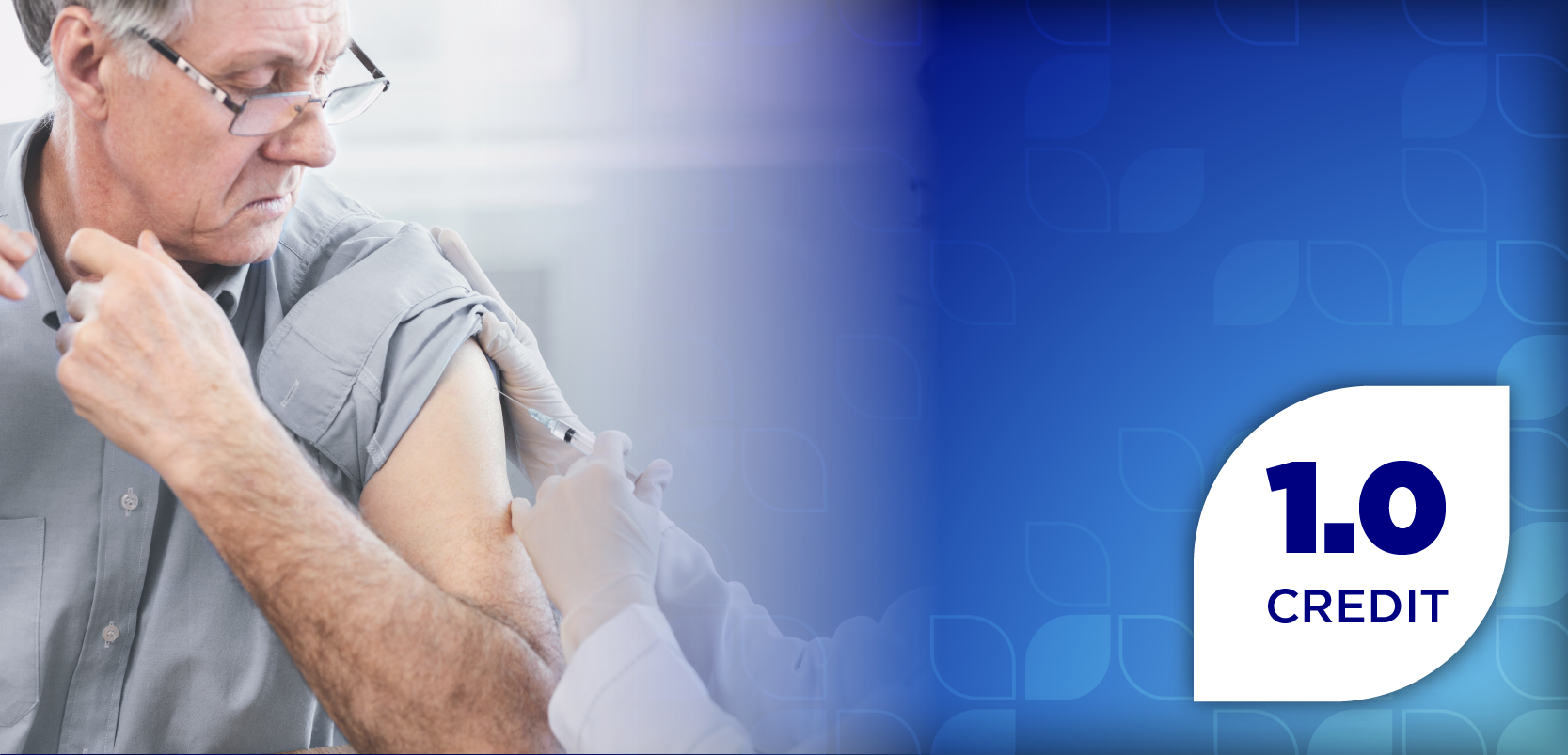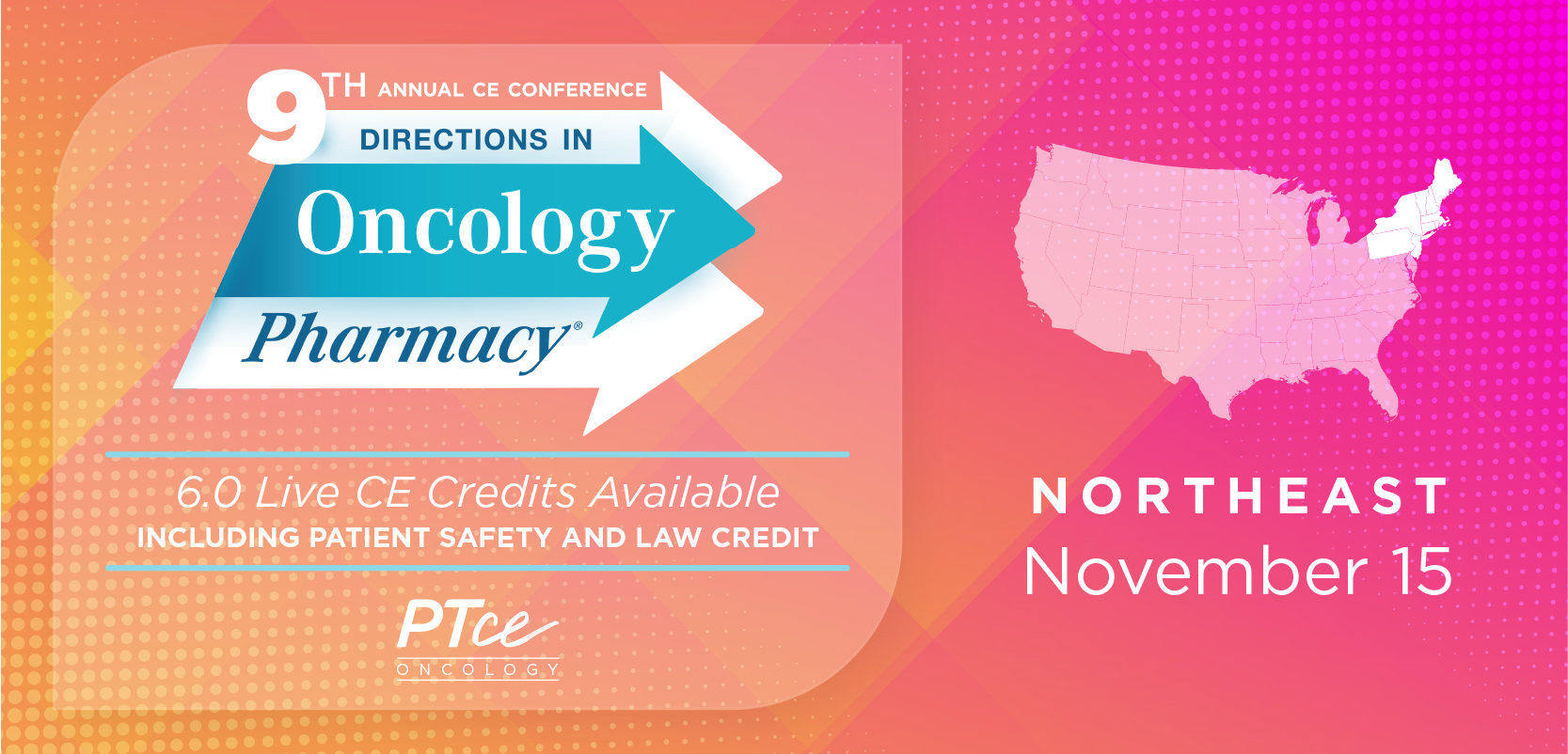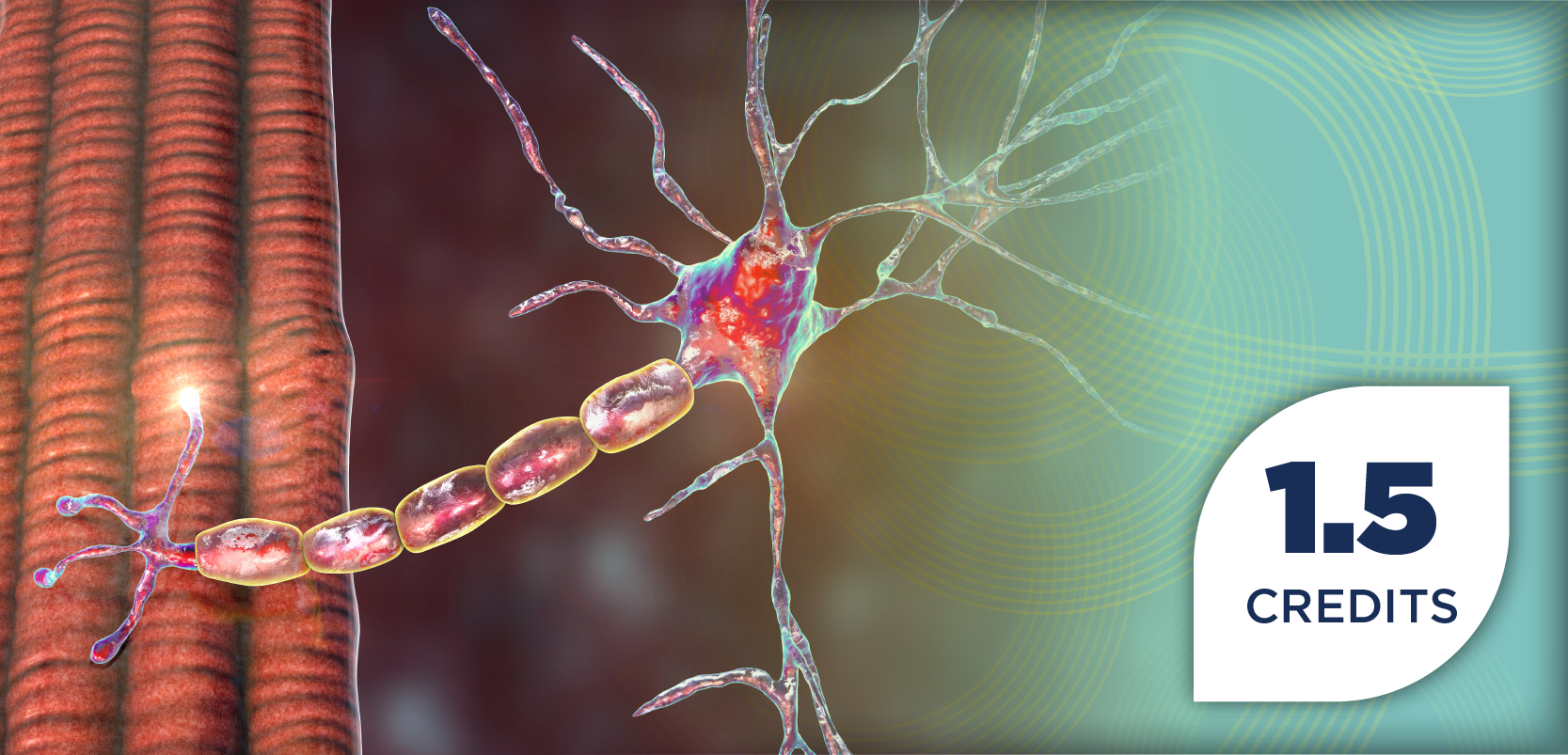
HIV
Latest News

Latest Videos

CME Content
More News
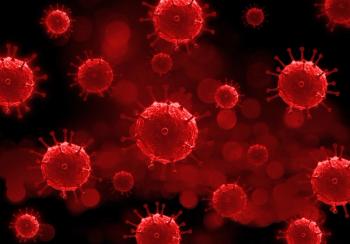
By targeting the viral conical core, these ARTs could disrupt the process of assembly and/or disassembly of the virus and result in its suppression.
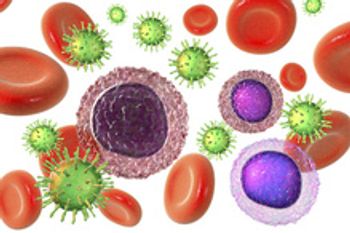
Researchers suggest that all patients with HIV should be considered for additional vaccine doses, among other measures, to reduce their risk.

A presentation at the AMCP Nexus conference focuses on the health care disparities and pharmacotherapy options for gender affirmation.
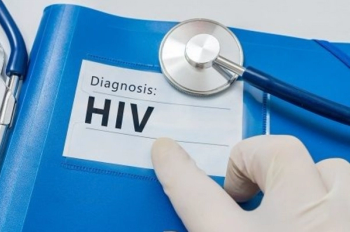
Clinical studies have shown similar efficacy between emtricitabine and tenofovir alafenamide (Descovy) and emtricitabine and tenofovir disoproxil fumarate (Truvada) for individuals at risk for HIV infection.
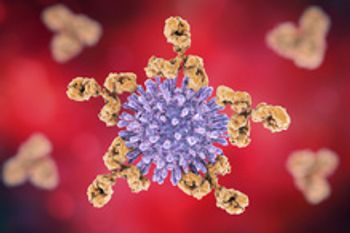
A large collective of researchers may be one step closer to developing a vaccine against HIV after engineering a protein that triggers a widespread antibody response.
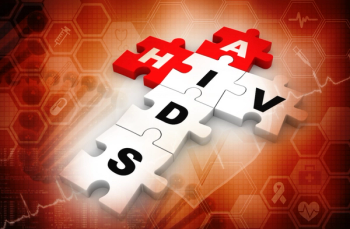
Research suggests that HIV risk-reduction interventions could help adolescent males who are attracted to the same sex—and part of a minority ethnic and racial group—decrease HIV-risk sexual behaviors in the short-term.
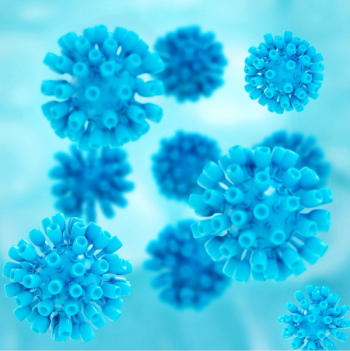
Research suggests that an HIV patient’s risk of heart attack increases with each passing decade, and this risk is nearly 3-fold among patients with HIV who are also positive for hepatitis C.

Program will start to distribute a free HIV self-test to people who enroll by early 2023.

Revised Clinical Trial Program to Evaluate Daily Oral Islatravir Plus Doravirine Combo for HIV-1
Revised program will analyze the once-daily oral combination of doravirine 100 mg and a lower dose of islatravir in adults with HIV-1 infection.

A refundable state-level earned income tax credit was associated with a 21% reduction in high-risk HIV behavior among low-income women last year, suggesting that policy can reduce this burden.
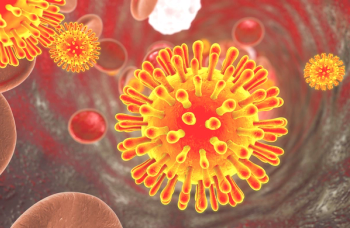
Dolutegravir is a more recently approved ART that is a part of a once-a-day regimen found to be more effective, easier to tolerate, and less likely to create new drug resistance in people with HIV-1 compared with other antiretroviral drugs.

In New York’s medical cannabis program, research showed that patients’ preference around potency differed among users, regardless of their health conditions.

High rates of HIV can decrease with community-based support.

Last year, the majority of new drug approvals were for small molecules, including treatments for HIV, cancer, infections, heart and kidney disease, and neurological disorders.
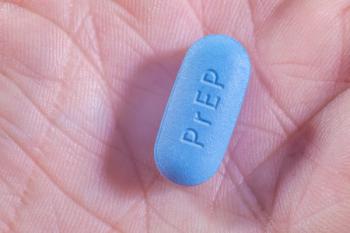
The effective preventive treatment could reduce HIV rates but needs greater access and affordability, especially among Black and Latino populations, investigators contend.

Participants who initiated treatment with Biktarvy demonstrated superior hepatitis B virus (HBV) DNA suppression and HBV e-antigen seroconversion.
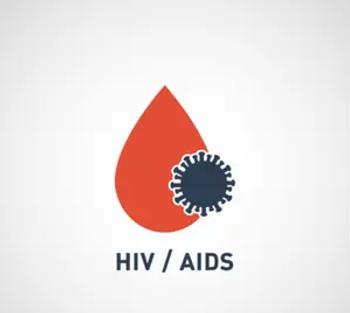
Using computational methods, the development of an HIV therapy cocktail based on the virus’ genetics was found to increase the efficacy of treatment.
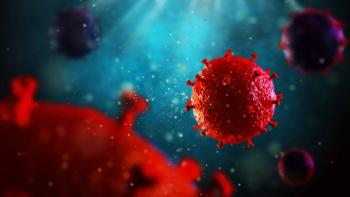
Investigators found that treatment of high-grade squamous intraepithelial lesions in patients with HIV reduced anal cancer incidence by approximately 57%.
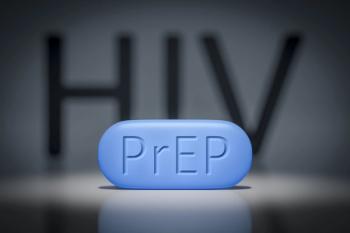
The bill allows pharmacists to dispense and administer drugs, order laboratory tests, and consult patients on HIV pre- and post-exposure drugs.

The numbers dropped sharply in March 2020 from before the pandemic among men who have sex with men and individuals who inject drugs.

Preexposure prophylaxis should be consistently offered alongside HIV prevention services and treatment for substance abuse, investigators say.

New state law allows dispensation of HIV meds, distribution of fentanyl test strips starting in 2023.

Dronabinol (Syndros) is a cannabinoid indicated in adults for the treatment of: anorexia associated with weight loss in patients with AIDS and nausea and vomiting associated with cancer chemotherapy in patients who have failed to respond adequately to conventional antiemetic treatments.
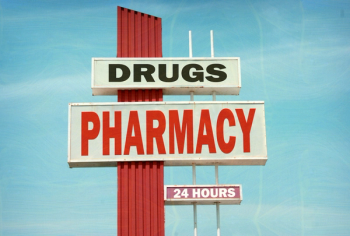
Organizations such as the Appalachian Community Cancer Alliance are working to leverage technology and improve barriers to care.

In 2020, there was a 17% decrease in new HIV diagnoses and significant reductions in HIV testing in health care and non-health care settings, impeding the Ending the HIV Epidemic initiative to increase testing and reduce infections.

















